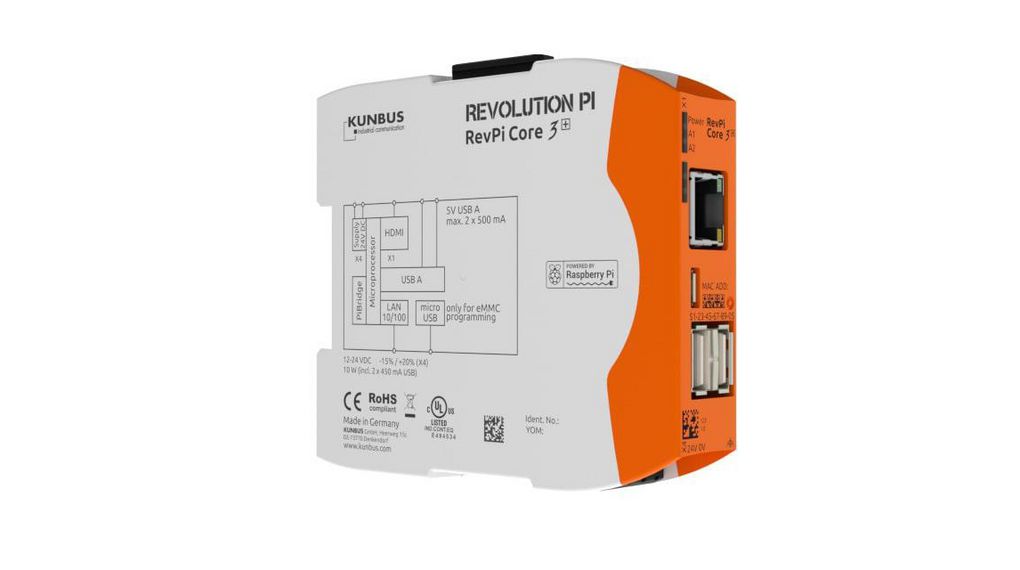Hydropower has become an important aspect of renewable energy due to a number of breakthroughs over the last century. In the past, hydropower and other water management proposals have been looked on as physically immense, capital-intensive projects. Today, the technology allows for more improved power plants that can be controlled remotely, for example via cloud, using the IoT platform.
Remote control, predictive maintenance and flexible asset operation can make a big difference to the economics of hydropower investments. This is true whether your plant is large or small, concentrated in a single location or distributed in remote locations. Hence, making your assets flexible becomes crucial in the times of so many unknowns: climate change, new technologies, new regulations and deregulation, subsidy policy changes, supply chain disruptions and fluctuating energy prices.
Thanks to the RevPi series from Kunbus, the transition towards a more sustainable environment can be easier. Discover the role of hydropower plants and learn how to easily and accurately monitor power plants.
The role of hydro-generated power
The hydro industry plays a dual role in power generation and water provision. Every dam has a reservoir and every reservoir can generate power. Wells are essential in many areas to supplement water supplies and a pump driven by surplus solar or wind energy effectively runs for free. Lifting water is a potential way to store the surplus energy produced by other technologies, such as solar and wind, when demand is low and then releasing it when demand is high.
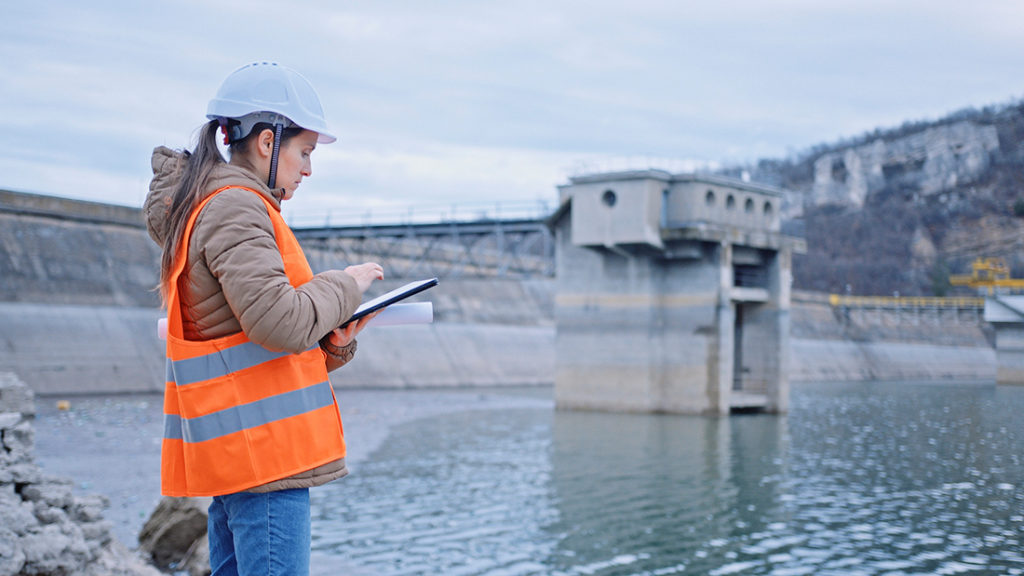
Even a conventional dam can increase or lower its discharge to balance the needs of the Grid – something that few other generating technologies can do without waste and other complex issues. The same is true of nuclear energy, which cannot simply be turned off at the flick of a switch. Therefore, if some country moves to a more nuclear dependent energy policy, green and productive ways to absorb excess power will become ever more important.
Can automation and digitalization improve the hydropower plant operation?
The degree of digitalisation of hydropower and pumping equipment is low compared to that in other renewable energy industries such as wind turbines and solar farms. Therefore, the main purpose is to streamline the plant’s operation and make it more efficient through digitization and automation in addition to the restoration.
The power from plants can generate electricity to the public grid. It is why it should be considered as a new, renewable source of energy that can charge towns and cities. How does it work? The high reservoir is about one kilometre from the power plant and has a range of technological, widely dispersed facilities, including level measurement, temperature measurement, and pressure line, as well as all power producing facilities. It can be accessed from a distance as no matter where the power plant operator is, he can view the information and remotely control the plant through IoT platform and mobile monitoring.
With the access to plant sections, any disruptions can be detected and analysed at an early stage thanks to real-time monitoring and notifications, such as alarm messages. Predictive maintenance helps avoid failures and react on time to any errors. IoT platforms, such as digifai IoTplatform control make progression towards alternative sources of energy possible.
Economic and operational performance of pumps thanks to continuous monitoring
Owners of smaller installations are often unaware of the potential benefits now possible by retrofitting things like pump jacks with digital level sensors and inclinometers, IoT controlled servo-motors, wireless remote-control panels or even an AI system to make decisions based upon predictive analytics of impending weather, electrical demand, or changing cost/benefits within the wider energy market.
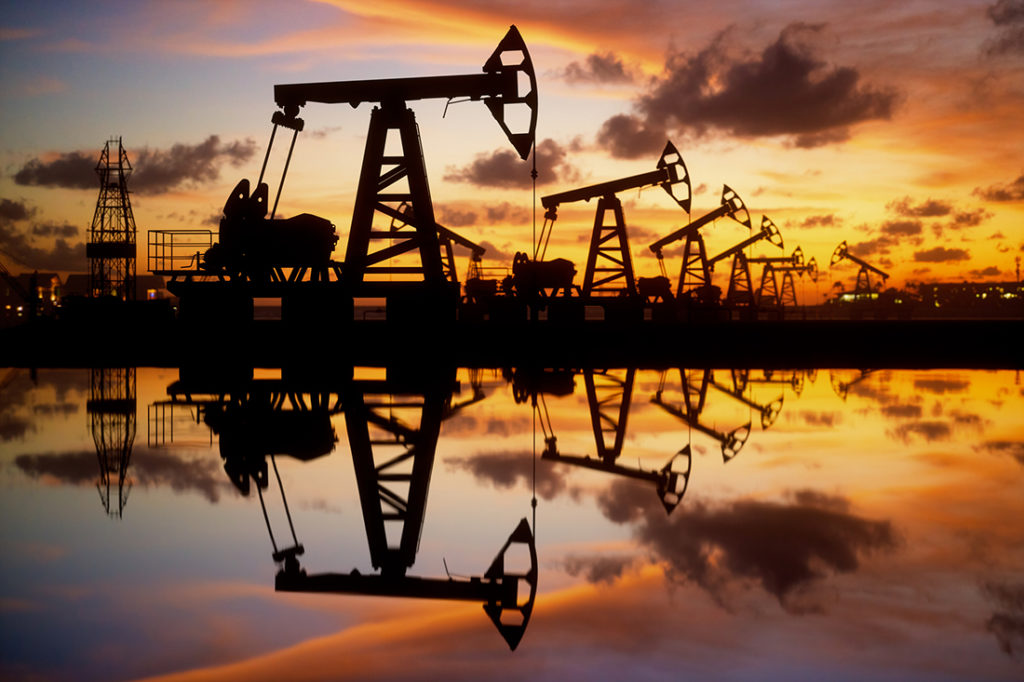
Previously, pumps that were thousands of feet below the surface were sophisticated algorithms were required to control and diagnose the downhole pump. It worked with vertical wells but sometimes the deposits did not lie vertically under the drilling rig. Nowadays, the so-called deviated wells can be calculated in real-time at the edge. This allows for checking the downhole condition for rod pumped wells in real-time, including dynamic rod stress, fluid level, pump intake pressure, produced gas and emulsion, etc.
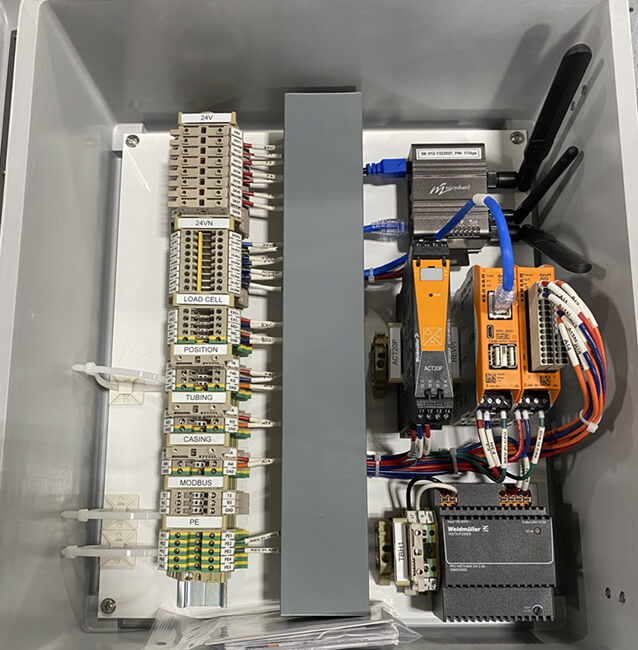
The updates of algorithms can be implemented based on the user input on the cloud and make periodic improvements to fleet devices. The requirements on the development platform to have industrial suitability, temperature resistance and traceability, can be simplified with RevPi Core 3+ and analog expansion module RevPi AIO.
Digitalization changing the environmental impact
Adopting smarter technology also has huge ramifications for the environment and could help the world meet its carbon reduction targets while actually lowering the cost of energy production. Digital improvements are not only for big power plants and water management corporations. The sensors and communication equipment needed are now readily available, usually off-the-shelf, from Distrelec.
Monitoring and remote control of wells and water turbines makes power generation (as well as water security) an economically viable option for small farmers, landowners, local councils and community groups. Those with existing equipment can have them retrofitted. Pumpjacks can help with the retrofitting resulting in the increase in efficiency and cost-effectiveness. Those contemplating new power generation enterprises need to factor the new digital opportunities into their due diligence. Here at Distrelec we have everything you need and are always happy to provide advice on any project.
Recommended products
Industrial Computers, RevPi Connect+, Kunbus
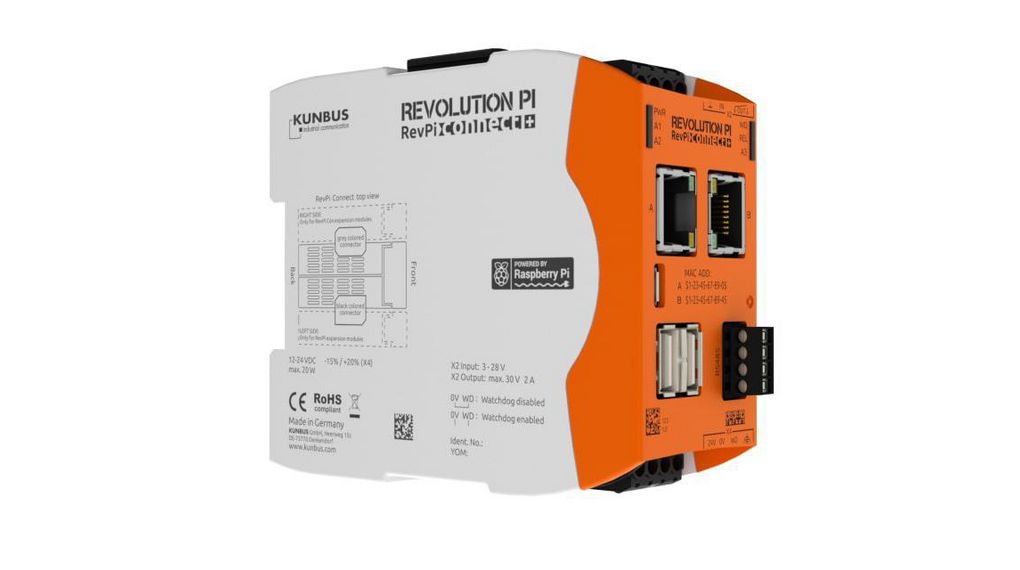
Expansion Modules for Industrial Computers, RevPi AIO, Kunbus
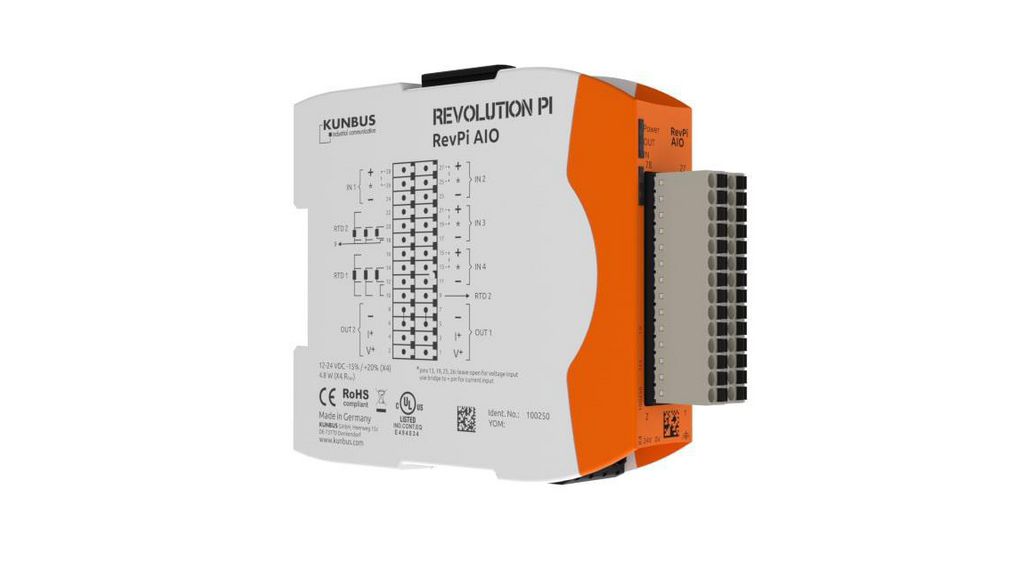
Industrial Computers, RevPi, Core 3+, Kunbus
